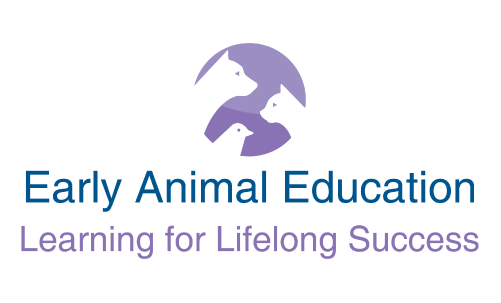It occurred to me today while working with a client’s dog that many dog owners really don’t know if their dog guards resources or not. So many people never give their dog anything that is truly considered high value by the dog, that sometimes we find out the hard way that the dog will guard something he or she considers valuable. Many dogs who live in single dog households also have never really had an opportunity to guard something from another animal, so it may not be recognized until later in the dog’s life, when he or she happens to have something valuable in the presence of another animal. I once had a client dog with no history of guarding begin guarding me and my treat pouch from the other household dog, she had never had a high value treat and wanted to keep them all for herself! We worked through it quickly and easily, because I recognized it immediately, she was not given the opportunity to practice it successfully over time, and, because training and behavior is what I do for a living, I already had a plan in mind to change that behavior quickly. But if the dog had been left to continue and become successful in the guarding behavior, it could have escalated quickly into a dog fight, and both the dogs, myself, and the owner could have been injured. Resource guarding is a normal, adaptive behavior in dogs. If a dog in a group of dogs with no human intervention didn’t protect what he had, he is likely to miss a lot of meals! Normal resource guarding looks like a slight hunch over the item, or lying on the item, a low growl in the direction of the other animal, a hard eye toward the other animal, and possibly a lifted lip. In an appropriate interaction, the other dog will read the signals clearly and move away. In normal dogs, I expect some low level of intra-species guarding (dogs guarding from other dogs), and some inter-species guarding (from the family cat,possibly), of things the dog considers super-high value. For instance, a raw, meaty marrow bone. The best policy for giving your dog a super high value food/chew object is to manage carefully, keeping the dog either in his or her crate, or in a space where no other animals or people will disturb him/her while chewing, until the dog has finished with it, or you are prepared to take the object away, by trading for a consumable of equally high value (slice of bacon, perhaps?). Resource guarding becomes maladaptive and unacceptable in household dogs when it is directed toward people, or is focused on various, random objects, like tissues, Legos, bits of paper, or specific spaces, like the couch, the landing on the stairs, or the space near a known food source like the pantry. The good news is, with professional help and good management, resource guarding is definitely modifiable, and most dogs who guard objects or space can be worked through the issue to the point of being safe for other people in the home. If you should happen to find out that your dog has started to guard something from you, don’t panic, don’t chase the dog, or threaten, it may cause your dog to swallow the object, or to bite you. Move away to a non-threatening distance, throw a high value consumable item, bacon, braunschweiger, cheese, etc., into an area with a door or barrier you can use to separate the dog from the guarded object, remove the object, then release the dog, and find a professional to work with you on this issue, before it becomes a bigger problem. If your dog begins to guard an object from another animal, move the other animal away, then trade your dog a consumable item for the object, and move it to a place out of reach of both animals. If the object was extremely high value, plan to manage your dog carefully next time he or she is given that sort of object, and don’t allow those items when both animals are present in unconfined space. If you feel that the guarding is escalating, consult a professional for tips on management and training plans to minimize risk for both people and animals. Things to remember about resource guarding:
- it is a normal behavior, but can escalate into behavior that can create a dangerous living situation
- guarding can crop up unexpectedly, the dog decides what is valuable, so watch carefully when giving new toys/treats/beds/etc.
- proactive management to prevent the guarding from happening is the best course of action
- If you have issues with resource guarding, working with an experienced professional who understands positive reinforcement and behavior modification, like a CBCC-KA, CAAB, or Veterinary Behaviorist, is going to be the most productive use of your training time and dollars
